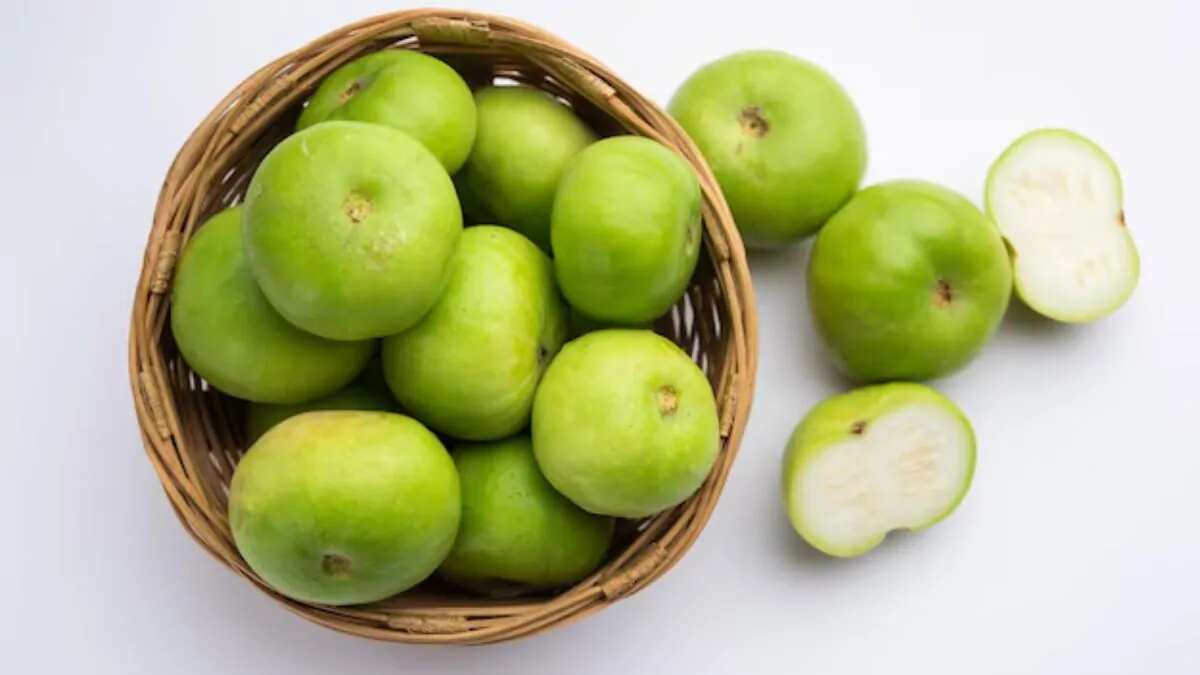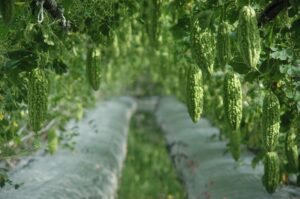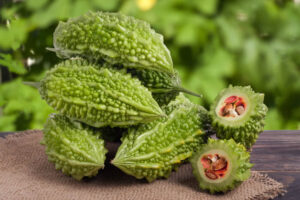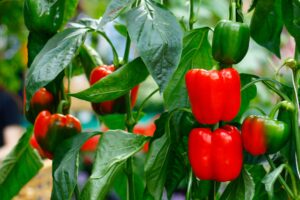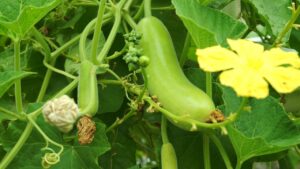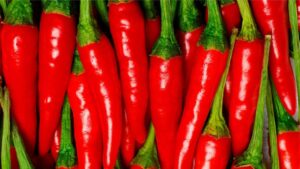How to Grow and Use Apple Gourds: A Complete Guide
Are you looking to add a unique and versatile plant to your garden? Apple gourds (Lagenaria siceraria), also known as calabash gourds, are fascinating plants that produce fruit resembling apples in shape. These ornamental and functional gourds have been cultivated for thousands of years and offer both decorative value and practical uses in the kitchen. This comprehensive guide will walk you through everything you need to know about successfully growing apple gourds at home, whether you’re working with a spacious garden, container setup, or indoor environment.
What Are Apple Gourds?
Apple gourds are members of the Cucurbitaceae family, related to cucumbers, melons, and pumpkins. Unlike their cousins that are primarily grown for consumption, apple gourds are often cultivated for their distinctive apple-like shape and hard shells that can be dried and transformed into containers, decorations, or even musical instruments.
In the United States, apple gourd cultivation has seen growing interest among home gardeners and small-scale farmers. According to the USDA Agricultural Research Service, gourds have become increasingly popular for both ornamental purposes and specialty crop production, with numerous varieties now available to American gardeners.
Benefits of Growing Apple Gourds
Before diving into cultivation methods, let’s explore why you might want to grow these unique plants:
- Decorative Value: Their distinctive apple-shaped fruits make excellent decorations.
- Craft Projects: Once dried and hollowed, they can be transformed into birdhouses, containers, or art pieces.
- Kitchen Uses: Young, tender apple gourds can be prepared similarly to summer squash in various culinary applications.
- Sustainable Materials: Mature, dried gourds provide natural, biodegradable containers.
- Educational Experience: They’re fun to grow with children as an educational garden project.
Getting Started: Choosing the Right Seeds
Success begins with quality seeds. When selecting apple gourd seeds for your garden, consider the following:
- Source reliability: Purchase from reputable seed companies or exchange with trusted fellow gardeners.
- Seed age: Fresh seeds (less than 2 years old) generally have better germination rates.
- Variety selection: Choose varieties specifically labeled as “apple gourd” or “apple calabash” if you want the characteristic apple shape.
Growing Apple Gourds from Seed

Seed Preparation and Germination
Apple gourd seeds have hard seed coats that benefit from scarification to improve germination rates. Here’s how to prepare your seeds:
- Scarification: Lightly file one edge of each seed with a nail file or sandpaper to thin the seed coat.
- Pre-soaking: Soak the scarified seeds in warm water for 24 hours before planting.
- Germination setup: For indoor starts, place seeds in damp seed-starting mix, about ½ inch deep.
- Temperature control: Maintain soil temperature between 75-85°F (24-29°C) for optimal germination.
- Moisture management: Keep soil consistently moist but not waterlogged.
With proper preparation, you should see sprouts within 7-14 days.
Indoor Seed Starting
Starting seeds indoors gives you a head start on the growing season, which is particularly beneficial for apple gourds due to their long maturation period:
- Timing: Start seeds indoors 4-6 weeks before your region’s last expected frost date.
- Containers: Use biodegradable pots (3-4 inches) to minimize root disturbance during transplanting.
- Growing medium: Use a well-draining seed starting mix rather than garden soil.
- Light requirements: Provide 14-16 hours of bright light daily. A south-facing window or grow lights work well.
- Hardening off: Before transplanting, gradually acclimate seedlings to outdoor conditions over 7-10 days.
Planting Apple Gourds Outdoors
Garden Bed Cultivation
Apple gourds thrive in garden settings where they have space to spread their extensive vines:
- Soil preparation: Work in 2-3 inches of compost to create fertile, well-draining soil.
- Timing: Plant after all danger of frost has passed and soil has warmed to at least 65°F (18°C).
- Spacing: Plant seeds or transplants 5-6 feet apart in rows 6-8 feet apart.
- Planting depth: Sow seeds ½ inch deep or transplant seedlings at the same depth they grew in containers.
- Trellising: Install sturdy trellises or supports at planting time to train vines upward.
Container Growing
Don’t have garden space? You can still grow apple gourds in containers:
- Container selection: Choose large containers (at least 5 gallons) with drainage holes.
- Growing medium: Use a mix of equal parts potting soil, compost, and perlite for drainage.
- Support structure: Place containers near a trellis, fence, or balcony railing for vine support.
- Spacing: Limit to 1-2 plants per large container.
- Watering needs: Container plants typically require more frequent watering than garden plants.
Indoor Cultivation
While challenging due to their size, you can grow compact varieties of apple gourds indoors:
- Light requirements: Position in your brightest window (south-facing is ideal) or use full-spectrum grow lights.
- Temperature control: Maintain temperatures between 70-85°F (21-29°C) during the day and no lower than 65°F (18°C) at night.
- Humidity management: Provide adequate humidity through misting or a humidifier.
- Pollination: Hand-pollinate flowers using a small brush to transfer pollen from male to female flowers.
- Support needs: Install a small trellis or climbing structure in your container.
Care and Maintenance
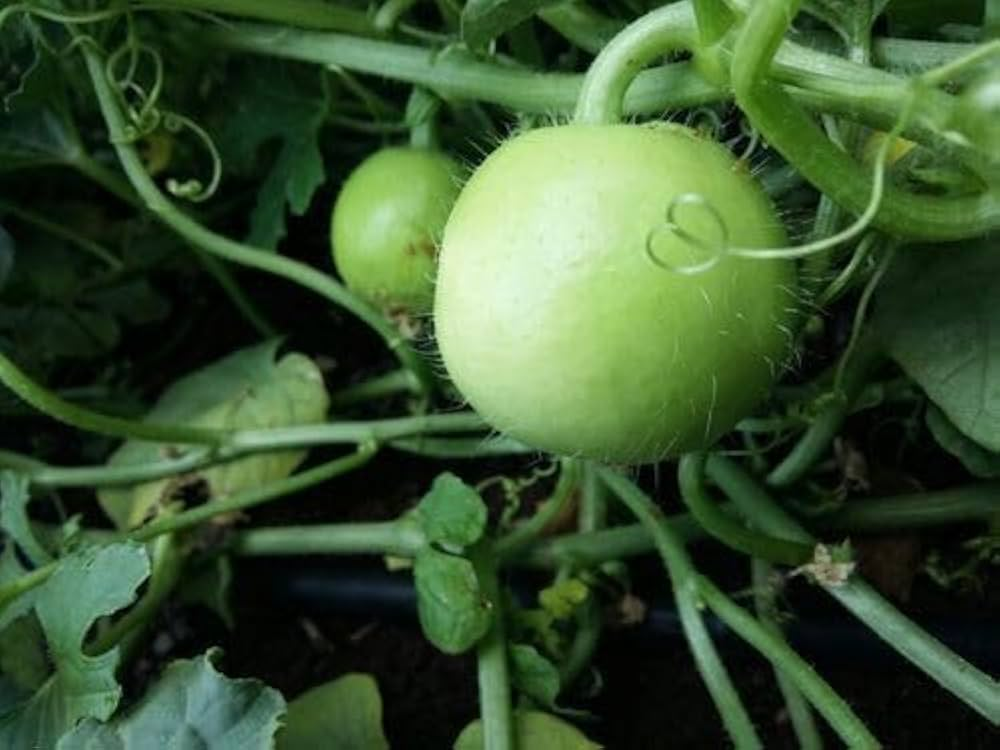
Essential Care Requirements
| Care Aspect | Garden Cultivation | Container Growing | Indoor Growing |
|---|---|---|---|
| Watering | 1-2 inches weekly, at soil level | Daily when top inch feels dry | When top inch of soil is dry |
| Fertilizing | Balanced fertilizer (10-10-10) monthly | Water-soluble fertilizer biweekly at half strength | Diluted fertilizer monthly |
| Sunlight | Full sun (6-8 hours minimum) | Full sun with afternoon shade in hot climates | Brightest window or 12+ hours of grow light |
| Temperature | 75-85°F (24-29°C) optimal | 70-85°F (21-29°C) | 70-80°F (21-27°C) |
| Support | Trellises, fences, or arbors | Vertical trellis or cage | Small trellis or stakes |
| Pest Management | Regular inspection, organic controls | Preventative measures, manual removal | Regular inspection, insecticidal soap if needed |
Common Challenges and Solutions
Pest Management
Apple gourds may attract several pests:
- Squash bugs: Control with row covers early in the season and handpick adults and egg clusters.
- Cucumber beetles: Use floating row covers and yellow sticky traps.
- Aphids: Spray with strong water stream or insecticidal soap.
- Powdery mildew: Improve air circulation and apply organic fungicides if necessary.
Disease Prevention
According to the National Center for Home Food Preservation, proper care significantly reduces disease risk:
- Prevent fungal issues: Water at soil level rather than overhead.
- Manage bacterial wilt: Control cucumber beetles that transmit this disease.
- Avoid virus spread: Wash hands after handling tobacco products before touching plants.
- Rotate crops: Don’t plant gourds where other cucurbits grew in the past 2-3 years.
Harvesting and Processing

Harvesting for Different Uses
Your harvesting timeline depends on your intended use:
- Culinary harvest: Pick when small (4-6 inches) and the skin is still tender and green.
- Crafting/decoration: Allow fruits to fully mature on the vine until stems turn brown and dry.
- Seed saving: Let fruits fully mature, then cure and dry for several months before extracting seeds.
Curing and Drying
To prepare apple gourds for crafting or long-term storage:
- Harvesting mature gourds: Cut leaving 2-3 inches of stem attached.
- Initial cleaning: Wipe with diluted bleach solution (1:10 ratio) to prevent mold.
- Curing process: Store in a warm, dry, well-ventilated area for 1-2 weeks.
- Drying period: Move to a dark, dry area with good air circulation for 3-6 months.
- Completion indicators: Gourds are fully dried when they feel light and seeds rattle inside.
Culinary Uses
While often grown for decorative purposes, young apple gourds offer culinary possibilities:
- Harvest timing: Pick when 4-6 inches long for tender texture.
- Preparation methods: Peel, remove seeds, and use like summer squash.
- Cooking techniques: Sauté, steam, stuff, or add to soups and stews.
- Flavor profile: Mild taste that absorbs seasonings well.
- Nutritional benefits: Good source of vitamins A and C, potassium, and fiber.
Craft and Decorative Uses
Dried apple gourds have numerous applications:
- Natural containers: Transform into bowls, cups, or storage vessels.
- Home décor: Paint, carve, or embellish for unique decorative items.
- Birdhouses: Create homes for garden birds by cutting appropriate entrance holes.
- Musical instruments: Fashion into rattles, drums, or other percussion instruments.
- Holiday crafts: Decorate as autumn or holiday ornaments.
The Growing US Market for Specialty Gourds
The market for specialty gourds in the United States has expanded significantly in recent years. According to the USDA’s National Agricultural Statistics Service, specialty crop production, including decorative gourds, has seen steady growth as American consumers seek unique, sustainable products.
Consider these market opportunities if you’re planning to grow apple gourds beyond home use:
- Farmers markets: Sell both young edible gourds and mature decorative specimens.
- Craft fairs: Market dried, prepared gourds or finished craft items.
- Online marketplaces: Reach specialty buyers through e-commerce platforms.
- Seed sales: Save and sell seeds from particularly successful plants.
- Workshops: Offer classes on gourd growing or crafting.
Conclusion
Growing apple gourds offers a rewarding experience that combines gardening skills with creative potential. Whether you’re cultivating these distinctive plants in a sprawling garden, compact containers, or indoor setting, their unique fruits provide both practical and aesthetic value. With proper care and patience, you can enjoy a successful harvest that transitions from kitchen ingredients to lasting decorative items.
By following the guidelines in this comprehensive guide, you’re well-equipped to embark on your apple gourd growing journey. Remember that the key to success lies in providing adequate space, support, sunlight, and consistent care throughout the growing season. Start with quality seeds, prepare your growing environment thoughtfully, and enjoy the process of nurturing these fascinating plants from seed to mature gourd.
